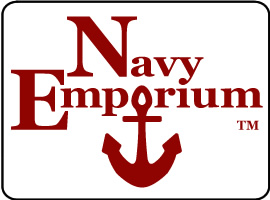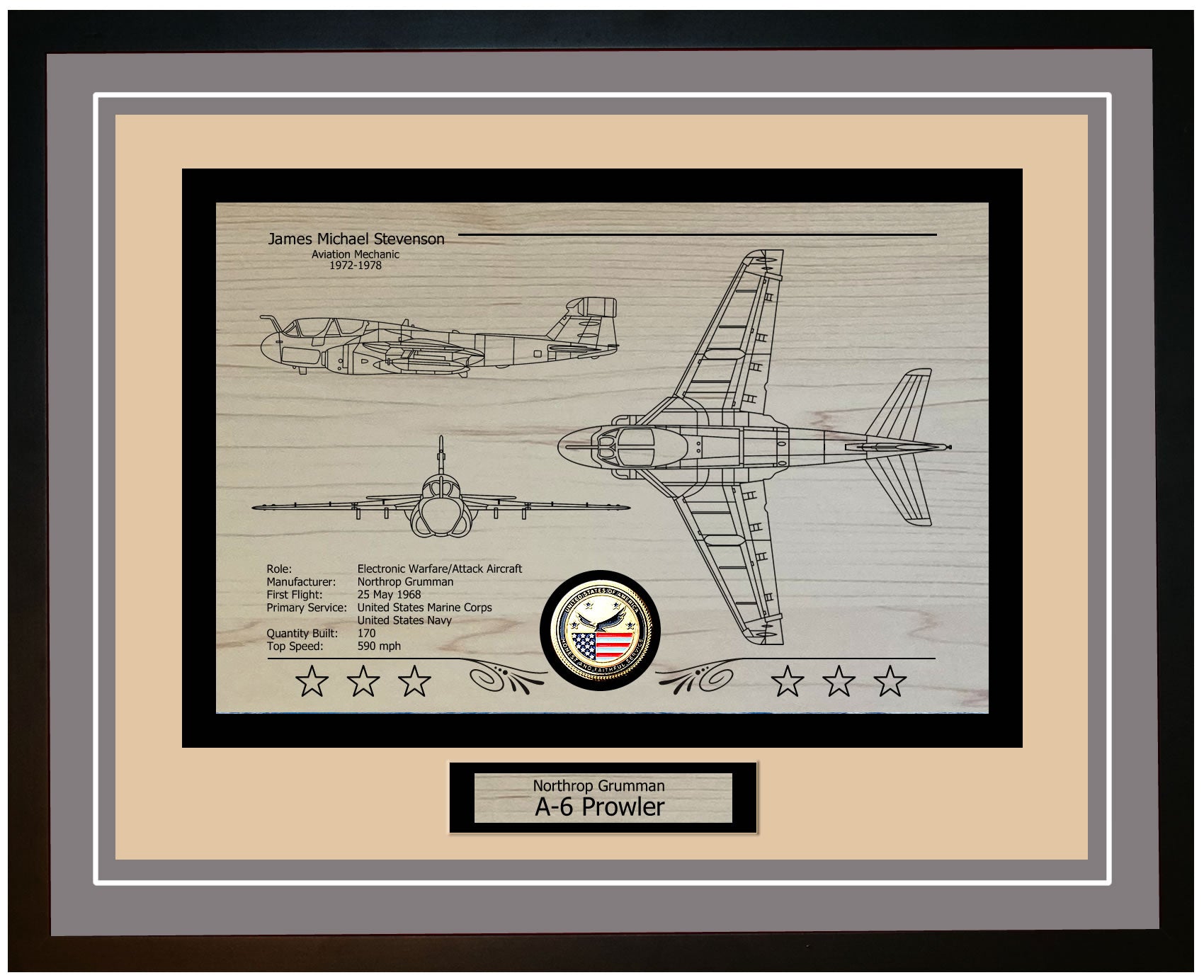The USS Brookings (APA 140) was an attack transport ship of the Haskell class, built during World War II to enhance the U.S. Navy's amphibious warfare capabilities. Constructed by the California Shipbuilding Corporation in Wilmington, California, the Brookings was laid down on September 29, 1944, under a contract from the Maritime Commission. The ship was launched on November 12, 1944, and officially entered service on January 2, 1945.
The development of the USS Brookings was part of a broader initiative to rapidly expand the Navy's capacity for amphibious operations, responding to the critical need for ships that could transport and deploy troops directly onto enemy shores. The Brookings was named after Brookings County in South Dakota, following the tradition of Haskell-class ships being named after American counties. This practice aimed to build national pride and unity by linking these vital warships to communities across the country. Brookings County itself was named after Wilmot Brookings, a key figure in the region's early development, further grounding the ship’s connection to American heritage.
The USS Brookings featured a design tailored to the demanding requirements of amphibious warfare. With a length of 455 feet, a beam of 62 feet, and a draft of 24 feet, the ship was built for operational efficiency. It was powered by a Westinghouse geared turbine, allowing it to reach speeds of up to 17 knots. The ship was equipped to carry essential landing craft such as LCVPs (Landing Craft, Vehicle, Personnel) and LCMs (Landing Craft, Mechanized), enabling it to deploy troops, vehicles, and supplies directly onto enemy shores during amphibious assaults. The Brookings also featured aircraft guns for defense against aerial threats.
The USS Brookings and other ships in the Haskell class played a crucial role in World War II, particularly during the final stages of the Pacific campaign. These vessels were integral to amphibious operations such as the invasions of Iwo Jima and Okinawa. Their ability to transport troops and supplies directly to battlefronts made them essential to the success of these large-scale, high-stakes operations. The design of the Haskell-class ships, with their specialized landing craft and troop-carrying capacity, proved highly effective and influential, shaping post-war naval strategy and shipbuilding for years to come.
The primary mission of Haskell-class attack transports like the USS Brookings was to transport large numbers of troops, their gear, and supplies to assault beaches and support the initial stages of combat. The Brookings was capable of carrying approximately 1,500 troops and was equipped with medical facilities to treat the wounded. Its role in landing forces on enemy shores, providing logistical support, and ensuring the success of amphibious operations was vital to the Navy's overall strategy in the Pacific Theater.
After its commissioning on January 2, 1945, the USS Brookings quickly joined the Pacific campaign. Following sea trials and training exercises, the ship was sent into action, participating in several key operations. Throughout the war, it distinguished itself by successfully transporting and deploying troops in combat situations, directly contributing to the success of amphibious assaults. The commissioning of the USS Brookings and its operational record underscore the vital role that Haskell-class attack transports played in securing victory in the Pacific and shaping the future of amphibious warfare.
USS Brookings APA-140: A Deep Dive into the Structure, Technology, and Armament of a Naval Workhorse
The USS Brookings (APA 140) was a Haskell-class attack transport ship, designed specifically to transport troops and their equipment to shore during amphibious operations. Built on a Victory ship hull, the Brookings was known for its durability, versatility, and capacity to adapt to the needs of wartime missions. The ship measured 455 feet in length, with a beam of 62 feet, and had a full load displacement of around 12,450 tons. It was designed to accommodate up to 1,500 troops, along with their gear, and featured spacious cargo holds and comfortable quarters for personnel.
The ship’s layout was optimized for rapid loading and unloading, with multiple cargo holds, a well-organized deck, and facilities for the efficient deployment of troops and equipment. Its design prioritized operational effectiveness, allowing it to quickly prepare for and execute amphibious landings. In terms of technology, the USS Brookings was equipped with cutting-edge navigation and communication systems for its time. It had radar and sonar capabilities that enhanced its ability to navigate safely and detect potential threats in the surrounding waters, making it an essential asset in the Pacific Theater.
The Brookings was powered by a Westinghouse geared turbine, driven by two Babcock & Wilcox boilers, which allowed the ship to reach speeds of up to 17 knots. This speed was crucial for rapid troop deployment during amphibious assaults, ensuring that the ship could reach its destination swiftly and efficiently. To enhance its survivability in combat, the ship was also equipped with advanced damage control systems, including fire suppression capabilities and watertight compartments, which significantly improved its chances of withstanding battle damage.
In terms of weaponry, the USS Brookings was well-armed to protect itself and its vital cargo. The main armament consisted of a 5-inch/38 caliber gun located at the stern, capable of engaging both surface and aerial threats. This was supported by a range of anti-aircraft defenses, including four twin 40mm Bofors guns and ten single 20mm Oerlikon cannons. These weapons provided effective protection against enemy aircraft and smaller vessels, ensuring the ship’s safety while en route to its destination or during missions in hostile waters.
Beyond self-defense, the Brookings played a crucial role in facilitating amphibious operations. The ship was equipped with various landing craft, including LCVPs (Landing Craft, Vehicle, Personnel) and LCMs (Landing Craft, Mechanized), which were essential for transporting troops, vehicles, and supplies from ship to shore. These landing craft made it possible for the Brookings to conduct operations by directly delivering cargo onto enemy beaches, even in the most challenging combat environments.
The USS Brookings was an integral part of the U.S. Navy's amphibious warfare strategy during World War II. Its combination of defensive armament, advanced technology, and versatile landing craft made it an essential asset in executing successful amphibious assaults, particularly in the Pacific Theater. Through its design and capabilities, the Brookings contributed significantly to the success of these operations, playing a key role in transporting troops and supplies to hostile shores and supporting the Navy’s broader mission in the war.
USS Brookings APA-140 Crew Member Reports of Time Aboard
USS Brookings APA-140: Evolution of a Naval Workhorse and Its Legacy in the Fleet
The USS Brookings (APA 140) underwent a series of upgrades throughout its service life, ensuring it remained a valuable asset to the U.S. Navy. Commissioned in 1945 as a Haskell-class attack transport, the ship was initially outfitted with state-of-the-art technology, including advanced radar and communication systems for its time. Over the years, the Brookings received continuous improvements to its navigation and propulsion systems, enhancing both efficiency and longevity. These upgrades were essential in keeping the vessel prepared and adaptable to evolving warfare strategies, technologies, and the changing demands of military operations.
The mission capabilities of the USS Brookings were as diverse as its role within the Navy. Primarily designed for transporting troops, deploying equipment, and carrying supplies, the Brookings was also equipped to launch landing craft and amphibious vehicles for beach landings. With a well deck and davits for loading and unloading, the ship was a vital asset in amphibious operations, allowing for the direct deployment of forces to enemy shores. Additionally, the Brookings was armed with aircraft guns and defensive armament, providing protection against both aerial and surface threats. This combination of transport, combat readiness, and defensive systems made the Brookings versatile enough to participate in a wide range of missions, from combat operations to humanitarian aid and disaster relief efforts.
The USS Brookings played a significant role in enhancing the U.S. Navy's capabilities during its service, particularly during World War II. The ship was instrumental in critical amphibious operations such as the invasions of Iwo Jima and Okinawa in the Pacific Theater. These campaigns were pivotal in securing victories over Japanese forces and underscored the strategic importance of amphibious warfare in the U.S. military’s arsenal. The Brookings demonstrated its capacity to deploy and support large numbers of troops and equipment in hostile environments, proving indispensable in securing and holding key beachheads during some of the most intense battles of the war.
After the war, the Brookings continued to serve in various capacities, including occupation duties in Japan and Korea. The ship also participated in numerous training exercises and fleet maneuvers, further demonstrating its versatility and adaptability. Its ability to rapidly deploy forces across diverse environments made it an important tool for extending the Navy's reach and maintaining a presence in key strategic regions around the world.
The enduring legacy of the USS Brookings highlights the critical role that adaptable, multi-mission vessels play in naval warfare. Through its upgrades and the enhancement of its mission capabilities, the Brookings remained a key component of the U.S. Navy, reflecting both technological advancements and the tactical progress of its era. More than just a transport ship, the Brookings was a reliable platform for projecting American military power across oceans and supporting a wide array of operations. Its contributions to the fleet underscore the importance of versatile maritime resources in modern naval strategy, and the ship’s service stands as a testament to the evolving nature of naval warfare.
USS Brookings APA-140: A Chronicle of Valor and Service on the High Seas
The USS Brookings (APA 140) played a pivotal role in key operations during its service in World War II. Launched in 1944, the ship was primarily tasked with transporting troops and equipment to the front lines. One of its most significant contributions came during the Battle of Okinawa, where it helped land vital troops and supplies, playing a crucial part in the Allied forces’ successful campaign to secure the strategically important island. The Brookings’s efficient ability to unload large numbers of troops and heavy equipment under combat conditions underscored its vital role in amphibious warfare.
In addition to its involvement in Okinawa, the USS Brookings also participated in the Philippines campaign, which was key to liberating the Philippines from Japanese occupation. The ship played an integral role in the Leyte Gulf operations and subsequent landings on Luzon, contributing significantly to the success of these critical campaigns. Its robust construction and highly trained crew enabled it to perform under difficult and dangerous conditions, including enemy attacks, highlighting the resilience and operational effectiveness of Haskell-class attack transports.
Throughout its service, the USS Brookings received numerous accolades and commendations for its vital contributions to the war effort. It was awarded the Asiatic-Pacific Campaign Medal, earning two battle stars for its active participation in combat operations. The ship also received the World War II Victory Medal, reflecting its significant role in securing Allied victory in the Pacific. These honors not only recognized the ship’s achievements but also paid tribute to the courage and dedication of its crew, who carried out their duties with distinction under challenging circumstances.
After the war, the USS Brookings continued to serve in important post-war operations, including Operation Magic Carpet, a large-scale mission to bring American servicemen home from the Pacific Theater. This assignment demonstrated the ship’s continued value and versatility in supporting the Navy’s post-war efforts. Though decommissioned in 1946 and eventually scrapped, the legacy of the USS Brookings endures, marked by its significant impact on World War II operations and its role in the success of key amphibious campaigns.
USS Brookings APA-140 Ship Specifications
| Specification | Details |
|---|---|
| Class | Haskell Class Attack Transport |
| Commissioned | January 6, 1945 |
| Displacement | 14,837 tons |
| Length | 455 feet |
| Beam | 62 feet |
| Draft | 24 feet |
| Speed | 17.7 knots |
| Complement | 56 Officers 480 Enlisted |






